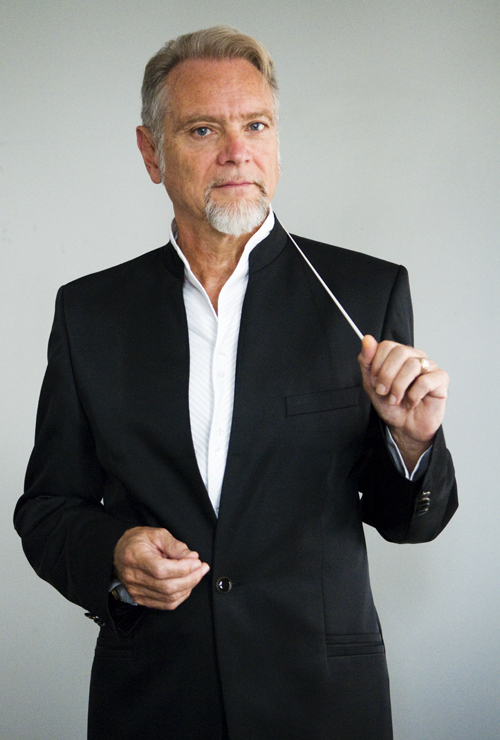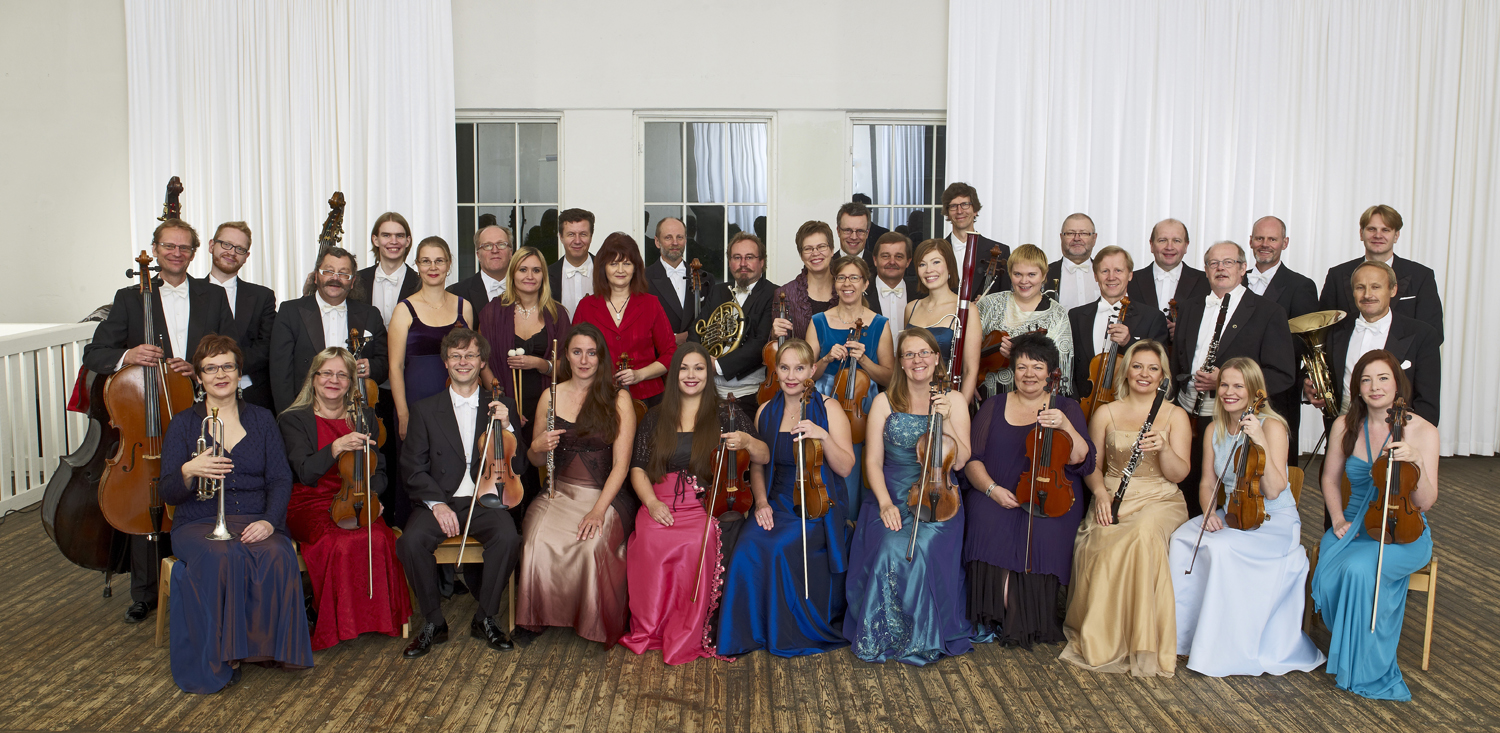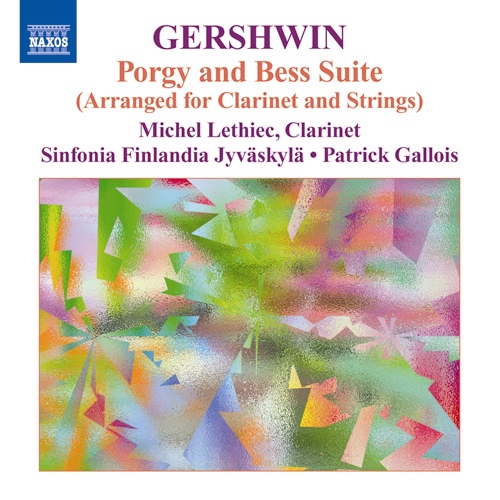Patrick Gallois – Bringing Out the Flavour of Music
November 05, 2009
Photo: Tiina Osara
STEPHEN: Many people will know you as an outstanding flautist, but more recently you have also taken up the conductor’s baton. What attracted you to conducting? Is this something you have always wanted to do, or were you inspired at some stage or by someone in particular to step onto the podium in this new role?
PATRICK: I think that conducting is the continuity of playing. The first time I did a recital for solo flute, I was so happy to be able to bring the listener into my musical word. That was a challenge for me: being alone on stage with music; I needed to share this experience with other musicians, this is why I have been teaching for the past 25 years and why I have conducted for almost the same amount of time.
Being artistic director is primarily about giving a direction to the music and helping the musicians to find it. The most important point in conducting is to read, like a stage director, who organises the actors on the stage. The difficulty is always having two roles to play: as the reader who imagines and as the actor who is on the stage acting. As in theatre or cinema, many actors manage to direct and act at same time, I was lucky to succeed.
STEPHEN: Considering the great success you have had, in both roles, I’d image that there’s more to it than sheer ‘luck’!
With Sinfonia Finlandia you have recorded many outstanding discs for Naxos. How did a Frenchman find his way to Finland? (I don’t suppose it’s a great mystery—after all, the young Debussy found his way to Russia and came home again…)
PATRICK: Finland was the second country after Japan to invite me to play and I was always connected with their musicians, composers, actors and painters. I feel at home there. I have a nice house next to a lake and this is the right place to think. I also have a flat in Paris but I feel that there is no space for me to think or even just ‘to be’ there.
I must say that my first success was in Japan owing to a record company, Victor music (JVC). It came about, maybe, because I was French, a flautist, blond with blue eyes: maximum of exoticism there! I did some LPs at first and the first CD which really made a difference was Mozart concertos: we sold 100,000 in one year.
STEPHEN: What is special about Sinfonia Finland (apart from the fact that it is a fantastic orchestra)?
PATRICK: The musicians of Sinfonia Finlandia invited me seven years ago to conduct a concert including Saint-Saëns’s Second Symphony, and since then we have made music together. We are really close, I feel a lot of support from them and that helps me a lot.

Photo: Pekka Rötkönen
STEPHEN: Your website says that your ‘mastery of artistic expression, gift for sculpting musical textures and renowned flamboyance as a performer set him apart from other conductors.’ I’m wondering how those three phrases relate? Could you expand a bit on each of them? I guess I’m asking for your ‘credo’ as a conductor…
PATRICK: Although that was written by somebody else, I can explain that I have always tried to find myself and develop my artistic point of view. I never try to be ‘original’ for its own sake but simply to be honest with the music, the public and myself. Very often I feel that musicians mix music with instrument and ego. I try to be honest in the sense that I never make compromises with music. Changing the character of the music, for example, to show what a brilliant flute I play or how intelligent I am. I often say that we need a cold head and a warm heart, and not the opposite!
STEPHEN: How does a career as an orchestral player differ from a career as a soloist? Presumably, you have more control over the music you perform as a soloist, and get a nice big bunch of flowers after every concert—but I think our readers would value some insights into the different lifestyles of an orchestral player vs a soloist. For instance, do you enjoy travelling in order to play/conduct or is that a necessary evil?
PATRICK: Being a soloist means being alone, really alone. Playing in orchestras was the most beautiful part of my life, of course, when great conductors were there. It is fantastic to feel 100 musicians playing in the same harmony with the same soul, feeling the huge vibration of the orchestra.
I never felt that it was my choice to leave the orchestra; one day, you have no choice, you need to give more, to tell more, to come closer to the public.
Can you imagine what a soloist’s life is like? On the stage you receive plenty of flowers, and have many fans, and after that you are alone in a hotel room which is the same in Tokyo or Paris: no space for family life, for strong relations. You arrive somewhere, you give, you receive, and then you go to the next destination. For a while I was even homeless, living in hotels only. This is probably another reason why I conduct: I like to be with the same musicians for a while, knowing them and sharing music with them.
STEPHEN: Your repertoire as both a flautist and as a conductor spans several centuries, from CPE Bach, Haydn and Mozart to Rautavaara, Penderecki and Nieminen, for instance. All great music, of course, but what attracts you to each of these highly varied repertoires? What I’m interested in here are both the differences in musical challenges and the sort of work that needs to put into making these contrasting musical styles come to life for us today, whether in the concert hall or on disc.
PATRICK: I think that music is one, there is no different music: Baroque, Pop, Jazz or Contemporary music are each ways of expression. Let's compare music with, say, philosophy. You can develop and express philosophical ideas in French, in English, in Japanese, or some other language. It is the same with different periods or styles of music.
STEPHEN: The words may change, but the ideas can remain the consistent…
PATRICK: When I left the orchestra I was a great flautist able to play everything: which means I was a ‘specialist of nothing’. So I began to study baroque music through Telemann, to develop new techniques, new sounds to make based on what I understood from reading about this music.
To know, that is, to really understand, music, you need to separate the particular characteristics of the music itself, the instrument you play and your own ego. That is very difficult because in general we are taught only one way of playing. But when you explore more widely, there are questions that arise. What is a beautiful sound? Is it the same for Telemann and Ravel? For Ray Charles and Madonna? Moving along from Telemann brings you to Classical, Romantic and, logically, to music from today.
Music speaks about sentiments, emotions, philosophy, life. And, of course, musical styles have changed over time. And different composers from the same time can write in very different styles. But I think human nature doesn’t change: we still love, hate or kill for same reasons. So fundamentally, beneath the surface distinctions of style, music is still the same in any language, by any composer, from any period, whether Baroque, Classical, Romantic, modern...or whatever.
STEPHEN: Then, once the music-making is done, comes the critique. Good reviews are nice to receive; bad reviews, not so. What’s your view of reviews?
PATRICK: I think that cows can't test their own milk. I mean that as performers we propose our perception of beauty, and people understand it or not. Sometimes, criticism is important to comfort our feelings or perceptions because somewhere, somehow they represent the voice of the public. Bad reviews and negative criticism are never nice to receive, of course. But when you are happy to get great reviews, well thought out and well written by someone who is trying to understand your music, this is very important because that can help you with your musical direction and confidence.
STEPHEN: Recording is quite different to live performance. Do you favour one over the other? Or do they complement each other?
PATRICK: Of course, recording is different because you can't have the same concentration for five hours of recording as for one hour performing live on the stage. That means the music will be different. I am lucky to work with Sean Lewis who has the talent to help and catch the music when the magical moment arrives. It is really important to have such a great connection and such confidence in the person who is doing the artistic direction of your record.
Also, I like to record because that brings something different to what a concert brings. You will never put life in a box, but recording is like playing with life. A CD is made to be listened to many times and that is the challenge today: to do a CD that people want to listen to a lot. I think that the ideal record should be like a diamond. Every time you turn it you find another colour...of yourself? The listener of a record finds himself also in listening.
I wish to reach that point one day. Being able to do a record where you can listen the same music each time differently. That is an important part of my work with the orchestra: trying to work on different levels on the music, wishing to bring out all the flavours from music.
STEPHEN: As a teacher, what do you try to achieve with your students?
PATRICK: As a teacher I help musicians to use their imagination. Today flute playing has a really high profile internationally and we don't need ‘just another flute teacher’, in terms of the mere technicalities, but instead a teacher who gives you one question. The difficulty, of course, is to find which question is right for whom. We move by passion and dream and not by knowledge, but the students need to be really well prepared ‘flutistically’ for that. And that’s a very personal thing, different for each student.
STEPHEN: Had you not pursued a musical career, what might you have done?
PATRICK: I’ve never considered pursuing any other career, I needed to speak and music is my voice.
STEPHEN: Still, even utterly committed musicians may need a break every now and then. So, when you’re not engaged with music, what do you do to relax/recharge?
PATRICK: I am happy to be painting again after 30 years break—originally, I must admit, I wanted to be painter. To paint, you need to be quiet and in peace that didn’t fit the style of life of a soloist even though we need to find this peace on a stage. I love also to work with my hands doing gardening and working in the house. My favorite thing is to have a sauna and jump in the cold water, even when it is -30° Celsius! All my friends have to try this experience with me and I haven’t yet lost one (in both senses).
STEPHEN: If you could meet absolutely anyone (alive or dead, real or imaginary, from any field whatsoever), who would that person (or those people) be and why?
PATRICK: I would like to meet God because I have many questions for him but, like everybody, I am not in a rush.
STEPHEN: Thanks very much, Patrick.
PATRICK: I enjoyed answering your questions. Thanks for that.
NOVEMBER 2009 RELEASE
Porgy and Bess and An American in Paris deservedly rank among George Gershwin’s most popular works, while in his Three Preludes for piano and Piano Concerto the composer’s love of jazz, popular and classical music also find spirited expression. Frank Villard’s sparkling arrangements for clarinet and strings give legendary numbers including Summertime, I got plenty o’ nuttin’ or It ain’t necessarily so a new voice, accentuate their jazz flavour or add new timbres to Gershwin’s unforgettable music for the stage and concert hall.
